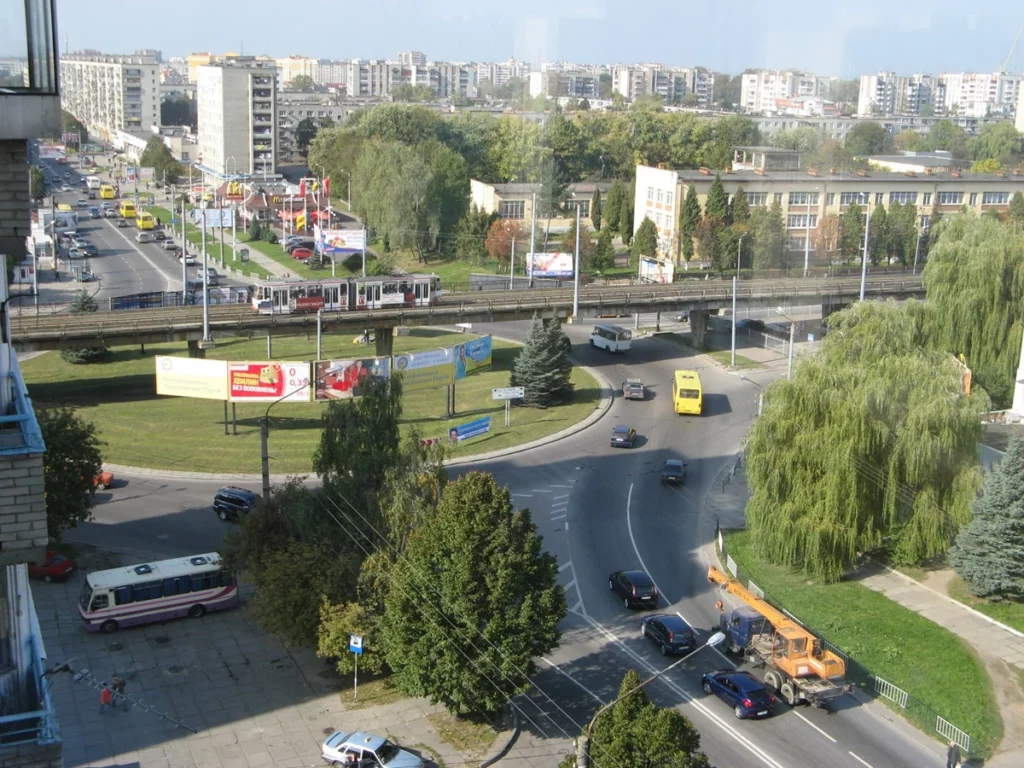During the second quarter of 2023, employees of the chemical laboratory of the KP “Administrative and Technical Management” conducted an examination at 30 intersections in Lviv.
The measurements were carried out to determine the level of atmospheric air pollution by emissions from road transport. Air pollution was not exceeded at only seven intersections out of 30 examined.
As a result of the measurements, at 23 examined intersections, the maximum one-time maximum permissible concentration of carbon monoxide and nitrogen dioxide was exceeded.
Exceeding the norms was not recorded at the intersections:
St. Hospital – st. Danylyshyn
St. Sichovyh Streltsyv – st. Hnatyuk
St. Zelena – st. Konopnytska St. Petrushevich
St. S. Bandery–st. Antonovycha – st. Rusovs
St. Havryshkevycha – st. Krakow
St. Chuprinky – st. Gorbachevsk
St. Horodotska – st. Vyhovsky
The highest pollution rates were recorded at the following intersections:
intersection on Chervonaya Kalina Avenue near the pedestrian crossing from the side of Verkhnyi Shuvar
St. Horodotska – st. Collection
St. Lypinsky – street B. Khmelnytskyi
St. Kulparkivska – str. Horodotska
St. Stryyska – st. Rustaveli – str. I. Franka-ul. Zarytskyi
St. Shevchenko – str. Ark
Oksana Viytyk, acting director Director of the Department of Ecology and Natural Resources of the Lviv Regional State Administration notes that 2/3 of the population of Ukraine lives in areas where the atmospheric air does not meet hygienic standards. In addition to vehicles and businesses, air quality is now also affected by military operations.
How each of us can influence the situation:
do not burn household garbage, fallen leaves or set fire to dry matter. Learn about the harmfulness of such burning and tell your friends, acquaintances and neighbors;
try to use your own vehicle less, instead use public transport, bicycle and other modes of transport that do not pollute the air or are less harmful to it;
take into account the environmental friendliness of the car when buying it;
buy local products, reducing the air pollution associated with their delivery.

